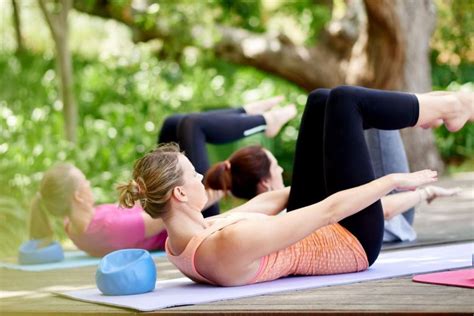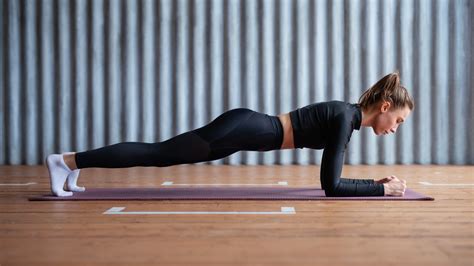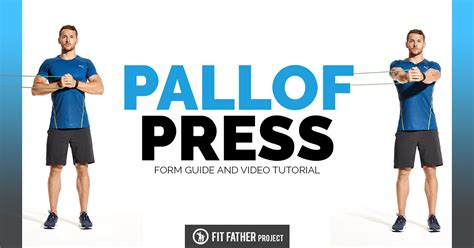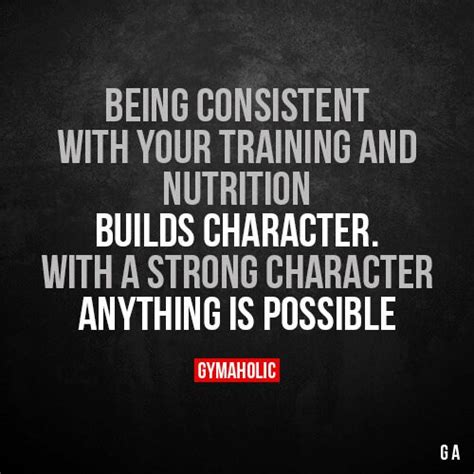What 3 exercises boost core strength for peak performance & injury prevention?

The Unsung Hero: Why Core Strength Matters
In the pursuit of peak physical performance and lasting injury prevention, one area often overlooked, yet foundational, is core strength. Your ‘core’ isn’t just your abdominal muscles; it’s a complex system of muscles that stabilize your spine, pelvis, and kinetic chain. A strong core acts as the powerhouse for all movements, transferring force efficiently between your upper and lower body. Without it, you’re not only leaving performance gains on the table but also dramatically increasing your vulnerability to strains, sprains, and chronic pain.
Whether you’re an athlete striving for explosive power, a weekend warrior wanting to avoid setbacks, or simply someone looking to improve daily functional movement, investing in core training is non-negotiable. It improves balance, posture, power generation, and endurance, all while creating a protective shield for your lower back.

The Core Three: Exercises for Elite Stability & Power
While countless exercises target the core, a select few stand out for their comprehensive benefits in building stability, strength, and resilience. These three exercises are not flashy, but they are incredibly effective and form the cornerstone of a truly robust core.
1. The Plank: Your Foundation of Isometric Power
The Plank is perhaps the most iconic core exercise, and for good reason. It’s an isometric hold that engages a multitude of muscles simultaneously, including the rectus abdominis, obliques, transverse abdominis, glutes, and even the shoulders and quads. It teaches your body to brace and stabilize against gravity, which translates directly to maintaining spinal integrity during dynamic movements.
Why it boosts performance & prevents injury: Planks build endurance in your core stabilizers, crucial for sustaining powerful movements and maintaining posture under fatigue. By resisting spinal extension and rotation, it strengthens the core’s ability to protect the lower back from injurious forces during activities like lifting, running, or throwing.

2. The Bird-Dog: Mastering Spinal Stability
Often underestimated, the Bird-Dog is a brilliant exercise for promoting spinal stability and coordination. It focuses on anti-rotation and anti-extension, requiring you to maintain a neutral spine while simultaneously moving opposing limbs. This helps to develop control over individual core segments, crucial for integrated movement.
Why it boosts performance & prevents injury: The Bird-Dog enhances proprioception and kinesthetic awareness, teaching your brain and body how to keep your spine safe during complex, multi-joint movements. It directly strengthens the deep core stabilizers that prevent unwanted spinal movement, making it excellent for athletes and those prone to lower back issues.

3. The Pallof Press: Anti-Rotation for Dynamic Performance
Unlike traditional crunch-like movements, the Pallof Press is an anti-rotation exercise, meaning its primary goal is to resist rotation of the torso. Performed with a cable machine or resistance band, you press the handle straight out from your chest while resisting the rotational pull of the resistance. This powerfully engages the obliques and transverse abdominis.
Why it boosts performance & prevents injury: Many sports and daily activities involve rotational forces (e.g., swinging a bat, throwing a ball, carrying groceries). The Pallof Press builds the core’s capacity to resist these forces, preventing uncontrolled twisting that can lead to injury. For performance, it ensures that power generated in the hips and shoulders isn’t lost through a weak or unstable midsection.

Integrating Core Strength into Your Routine
Incorporating these three exercises consistently into your fitness routine can yield significant benefits. Start with proper form and gradually increase duration (for planks) or repetitions/resistance (for Bird-Dogs and Pallof Presses). Aim for 2-3 sessions per week, dedicating 10-15 minutes to quality core work.
Remember, a strong core isn’t just about visible abs; it’s about a resilient, stable, and powerful center that supports every movement you make. Prioritize these foundational exercises, and you’ll be well on your way to unlocking peak performance and building a body that resists injury for years to come.










